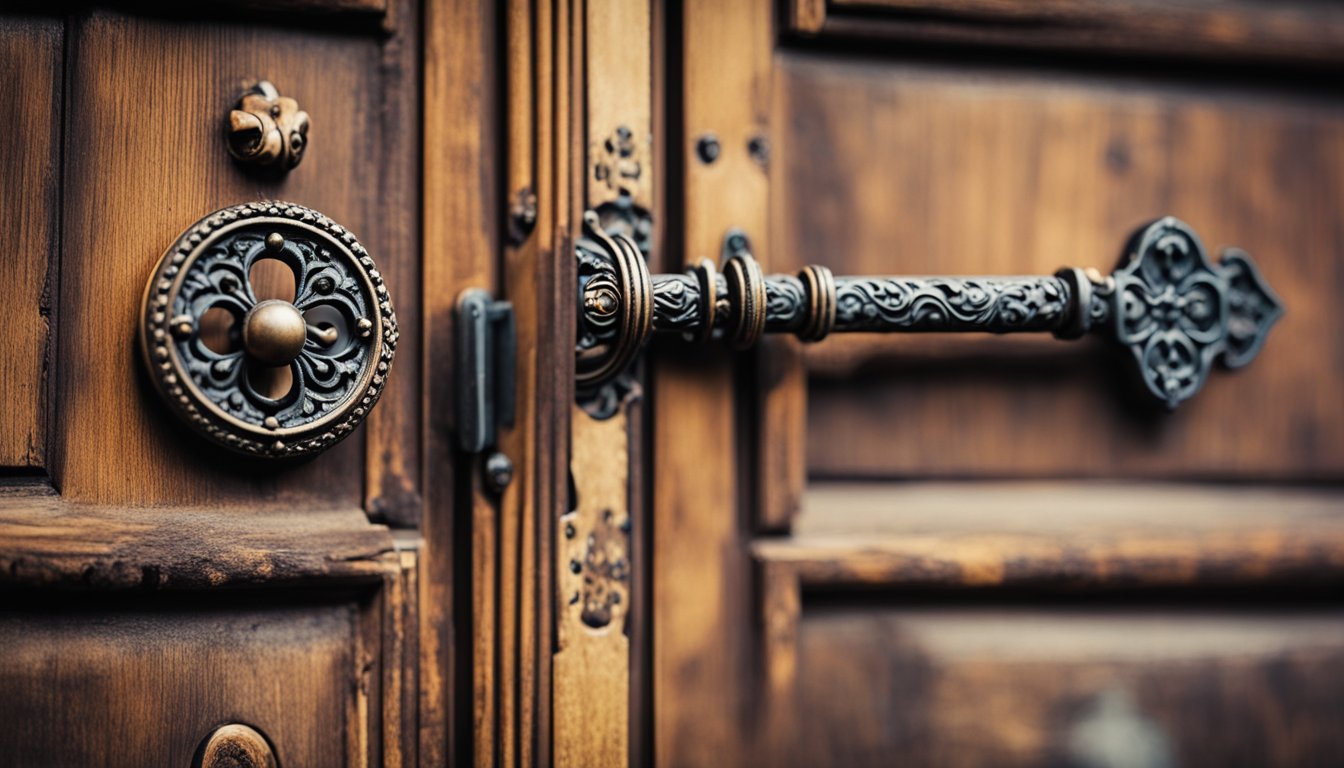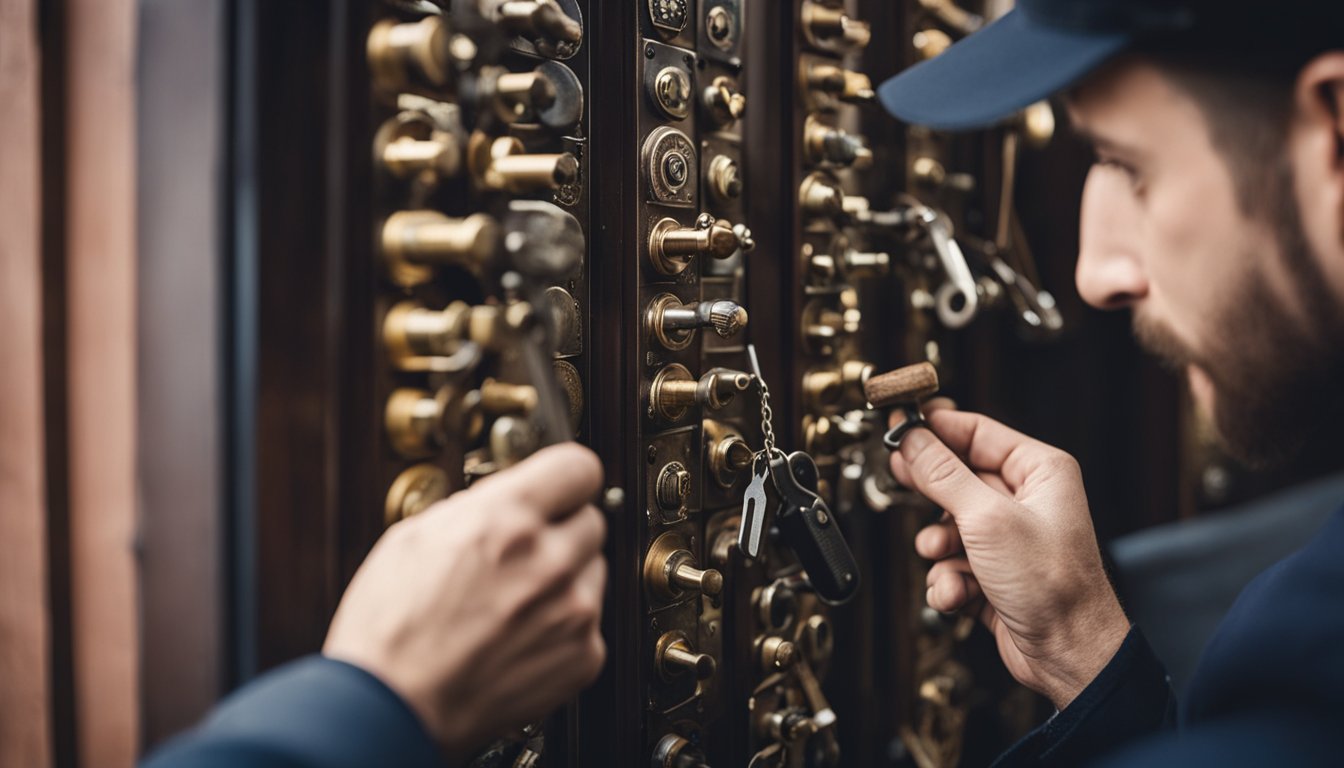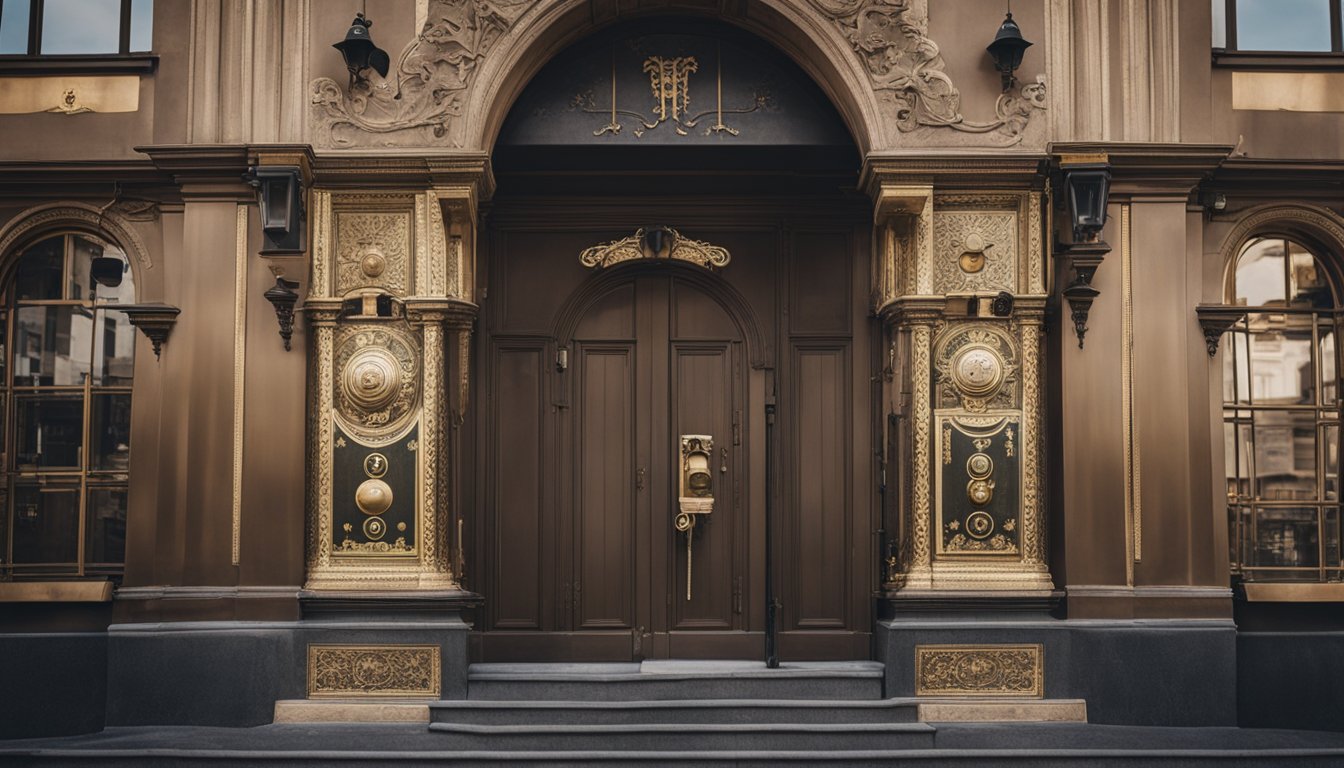Late updated: 11 Apr 2025 15:04
Written by: Elena Prescott
Choosing the Right Locksmith for Historic Buildings: Key Considerations
Selecting the right locksmith for historic buildings is a task that requires careful consideration. These cherished structures often possess unique architectural features and vintage lock systems that demand specialised knowledge and skill. It's crucial to choose a locksmith who understands the balance between preservation and security. The nuances involved in working with these kinds of locks mean that only professionals with experience in historical settings should be trusted.

In evaluating potential locksmiths, it's vital to investigate their credentials and track record. We must assess their familiarity with various lock types and their ability to provide emergency services when needed. The importance of insurance coverage and proper documentation cannot be overstated, as these safeguard both the building's integrity and the owner's investment.
Equally important is selecting appropriate locks and security systems that blend with the historic aesthetic while offering modern protection. This requires an eye for detail and a sensitivity to maintaining the building's character. As we delve into these aspects, let us guide you through the process of securing your historic property with confidence and care.
Key Takeaways
- Verify the locksmith's credentials and experience with historic buildings.
- Ensure chosen locks preserve the building's character and provide security.
- Verify availability of emergency services and necessary documentation.
Evaluating Locksmith Credentials

When selecting a locksmith for historic buildings, ensuring their qualifications and affiliations is crucial. We’ll look at aspects such as professional qualifications and affiliation with locksmith associations to ensure a knowledgeable and reliable choice.
Assessing Professional Qualifications
To ensure we choose a competent locksmith for historic buildings, we need to assess their professional qualifications. This includes checking for any licences, certifications, and recognised training. Proper credentials are not merely formalities; they signal that the locksmith adheres to industry standards and possesses the requisite skills.
When engaging a locksmith, we should also ask for documentation that verifies their expertise. Patience and thoroughness are key here. Being meticulous in verifying these qualifications helps us avoid potential mishaps that could occur if an unqualified individual handles the intricate locks of historic properties.
Verifying Affiliation with Locksmith Associations
Next, we should determine if the locksmith is affiliated with recognised professional locksmith associations, such as the Associated Locksmiths of America (ALOA). Membership in such organisations often indicates a commitment to ongoing education and adherence to a professional code of conduct.
We can request proof of such affiliations, which can provide an additional layer of trust. These associations often have resources and support that benefit both the locksmith and clients. Verifying these affiliations enhances our confidence that the locksmith we choose is up-to-date with the latest standards and technologies, ensuring the preservation of our historic buildings.
Choosing Locks and Security Systems

In historic buildings, we face unique challenges when selecting locks and security systems. Our choices must respect architectural aesthetics while ensuring robust protection.
Finding the Right Lock for Your Historic Building
When choosing a lock for historic structures, it's essential to prioritise both durability and aesthetics. We often need to balance the need for security with maintaining historical integrity. Deadbolts and traditional locks may be ideal for respecting original designs.
Padlocks offer a flexible option for added security without altering doors. For a cohesive look, it's crucial to choose door handles that complement the building's existing design. Furthermore, some locks can be customised with antique finishes to enhance authenticity.
Integrating Traditional and Electronic Security
Modern technology allows us to incorporate electronic security systems without sacrificing visual appeal. Smart locks and keyless entry systems can discreetly integrate into historical settings, offering advanced access control without visual intrusion.
For comprehensive security, installing systems like security cameras and electronic monitoring is advisable. Smart systems can connect with home security networks, simplifying management. Additional security measures like master keys can address specific access needs, while hidden sensors maintain visual harmony.
Securing Valuables with Appropriate Safes
In historic buildings, protecting valuables and documents is paramount. We must select safes that can be effectively concealed or designed to blend with the interior. Fire safes offer essential protection for irreplaceable items.
Different types of safes, such as floor safes or wall-mounted models, provide varying levels of security and visibility options. It's also important to assess the specific security needs of the contents. Security industry standards can guide us in choosing safes resistant to burglary and fire.
Installing these systems requires expertise; professional locksmiths can provide custom solutions to meet the unique requirements of historic buildings.
Frequently Asked Questions

When choosing a locksmith for historic properties, several factors need consideration, from reputation to specific qualifications. We must also be mindful of the proper techniques for preserving the building's heritage.
What factors should be considered when selecting a locksmith for historic property security?
When selecting a locksmith, we should prioritise those with experience in handling the unique security needs of historic properties. A focus on balancing security with maintaining the building's character is essential. Credentials that demonstrate expertise in working with traditional materials and structures are beneficial.
How can one verify the credibility and trustworthiness of a locksmith?
Check for certifications and accreditations from recognised industry bodies. It's helpful to seek third-party approvals or recommendations. Additionally, obtaining reviews and references from past clients can provide insight into a locksmith's reliability and quality of service.
What is the typical price range for locksmith services in heritage buildings?
Costs can vary based on the complexity of the work required and the locksmith's expertise. We should expect prices to be slightly higher than standard services due to the specialised skills needed. Requesting quotes from multiple local locksmiths can ensure competitive pricing.
How should one approach the rekeying of locks in a building of historical importance?
Rekeying in a historic building requires a sensitive approach to preserve original features. We should work with locksmiths skilled in using era-appropriate hardware while implementing modern security solutions to protect the property without detracting from its heritage.
What qualifications should a locksmith have to work on historic structures?
A locksmith should have certifications in conservation and heritage skills, alongside traditional locksmith qualifications. Training or experience in working with historic materials and understanding architectural significance are crucial for maintaining the building's integrity.
Where might one find reputable locksmiths with experience in conservation areas?
Local conservation societies or heritage organisations often have listings or recommendations for skilled professionals. Networking with other historic property owners can also provide personal referrals. Checking with city councils for approved lists of heritage-specialist locksmiths is another valuable resource.
